Directive on administrative cooperation, reporting obligations on aggressive tax planning schemes – PwC
On 25 May 2018 the ECOFIN Council adopted the fifth amendment of the Directive on Administrative Cooperation in tax (commonly referred to as DAC6), which regulates the exchange of information between Member States of the European Union on “potentially aggressive tax planning schemes”. The main purpose of DAC6 is to strengthen tax transparency and fight aggressive tax planning.
DAC6 provides for mandatory disclosure of cross-border arrangements by intermediaries, or taxpayers, to tax authorities and establishes automatic exchange of information among Member States.
The reporting requirement falls first on the intermediary, but falls on taxpayers, whether individuals or legal entities, in three cases: when the transaction developed without an intermediary; the intermediary is outside the EU; or the intermediary is entitled to legal professional privilege.
Each Member State must collect the information reported by intermediaries and taxpayers in its territory and then share it with the rest of the Member States.
The concept of intermediary is broad and generates many doubts. It includes all those who design the scheme, give partial advice or participate in some way in its implementation, with the idea of including not only tax advisors, but also others such as banks or companies in the insurance sector.
The Directive only requires reporting of certain cross-border transactions for direct taxes, expressly excluding VAT, harmonized IIEE, contributions and fees. However, nothing prevents Spain, when transposing the Directive into national law, from imposing the requirement to report domestic schemes or indirect taxes.
Reportable arrangements are those that fulfill two characteristics: cross-border and potentially aggressive tax planning. The definition of cross-border implies that it has effect in two member states or in a member state and a third country. There is no definition of aggressive tax planning, but it is understood that it has indications of such, if it meets one of the hallmarks listed in the Directive.
The indicators that will determine if an operation is potentially aggressive are diverse, requiring in certain cases the so-called “main benefit test”. This test is met if obtaining a tax advantage constitutes the main benefit or one of the main benefits a person is expected to derive from an arrangement.
Among the hallmarks, a first category refers to the type of relationship agreed between the intermediary and the taxpayer, covering those cases in which there is a success fee linked to tax advantage to be obtained, those whereby the taxpayer is under the obligation to not disclose how such arrangement can give rise to a tax advantage or an arrangement that has standardised documentation and is available to more than one taxpayer without a need to be customised.
The rest of the hallmarks are referred to the characteristics of the schemes and include (but are not limited to) the trade in loss-making companies to reduce tax liability under certain conditions, conversion of income into lower-taxed revenue streams, circular transactions or certain transactions with hybrid products, or through shell companies. Others refer to transactions between related entities, trying to cover those that aimed at reducing taxes paid by transferring the benefits to other countries with lower taxation. Finally, those intended to hide the beneficial owner or to circumvent other information requirements, especially those relating to financial information.
Hallmarks are varied and not well defined; it is expected that by transposing into domestic law they will be clarified, but the problem is that, information has to be collected before obtaining sufficient clarity as a very long and clearly disproportionate transitory period is established.
The transitional period starts in June 25 (date of entering into force of the Directive). Reporting tax schemes designed, marketed, organised and made available for implementation or executed from this date should be reported before August 31 2020.
Companies must, therefore, analyze what transactions they will have to report, since from now on, they must collect all information that shall be communicated to the tax administration within two years.
Roberta Poza Cid is a partner at PwC. She can be contacted at roberta.poza.cid@pwc.com












